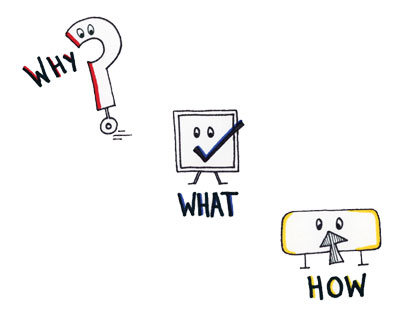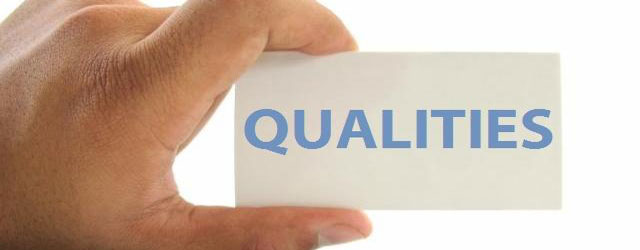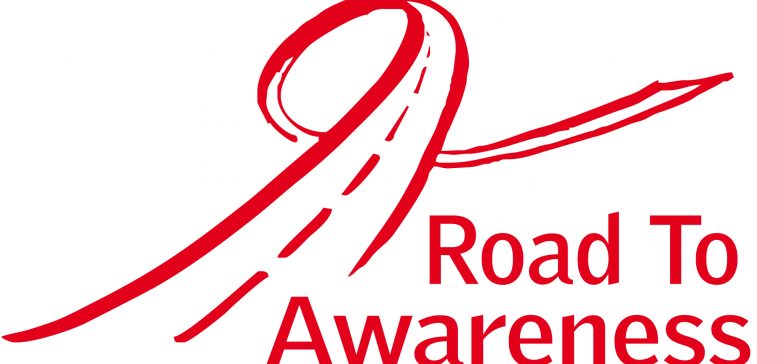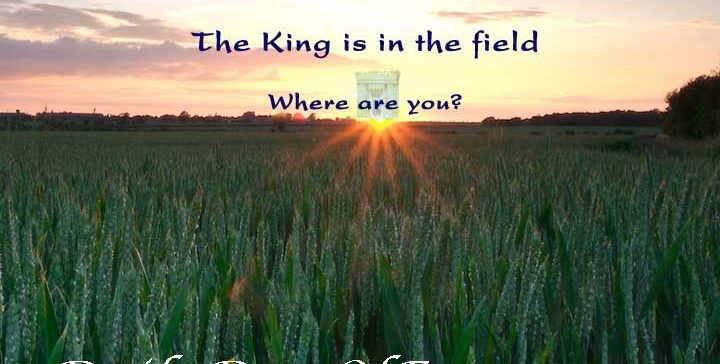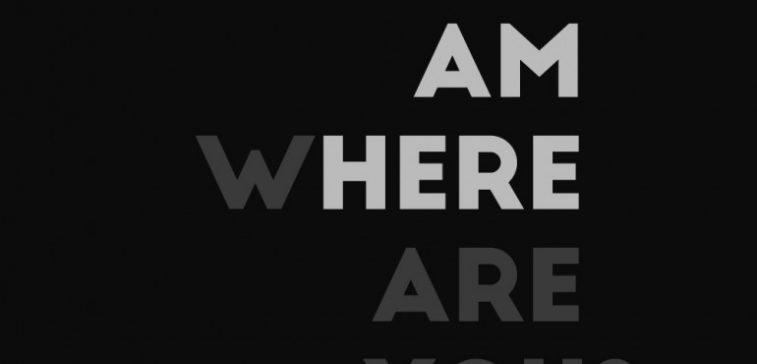BS’D
I recently read an article from Rabbi Sacks in which he quoted Nietzsche (a German philosopher) “One who has a why to live for can bear almost any how”; in other words when one losses emuna in Hashem, one’s purpose in life begins to die. The ‘why’ in life is in order form a close-knit relationship with Hashem and reveal the G-dliness that lies within each of us.
Living a Jewish life points to living a meaningful life where we believe we are loved, cared and cherished by Hashem. In fact, this is the only reason why the Jewish people have been able to survive such horrific circumstances thus far; our emuna is our strength!
There is meaning and purpose in everything even if we cannot understand or feel it. As Rabbi Sacks writes, “Find it and your ‘why’ will carry you through almost any ‘how’.


